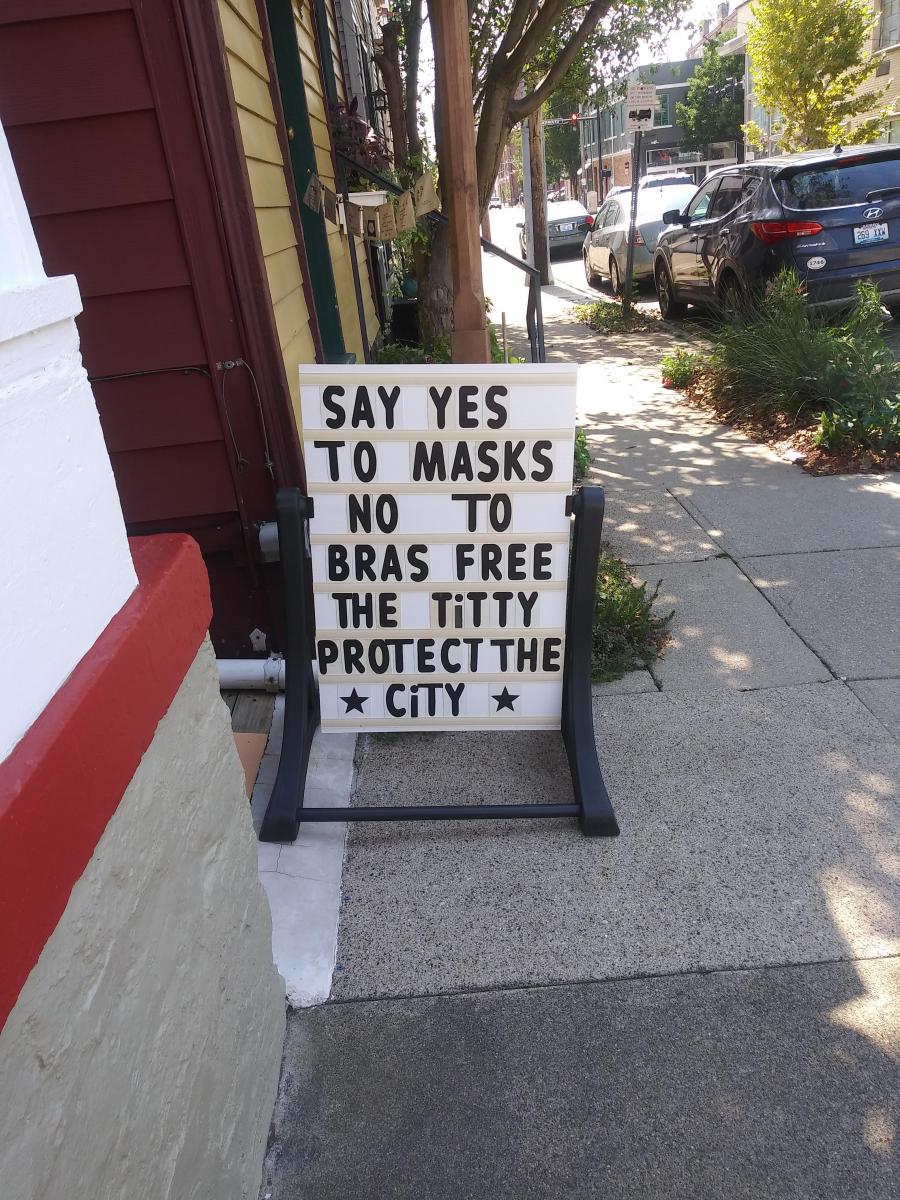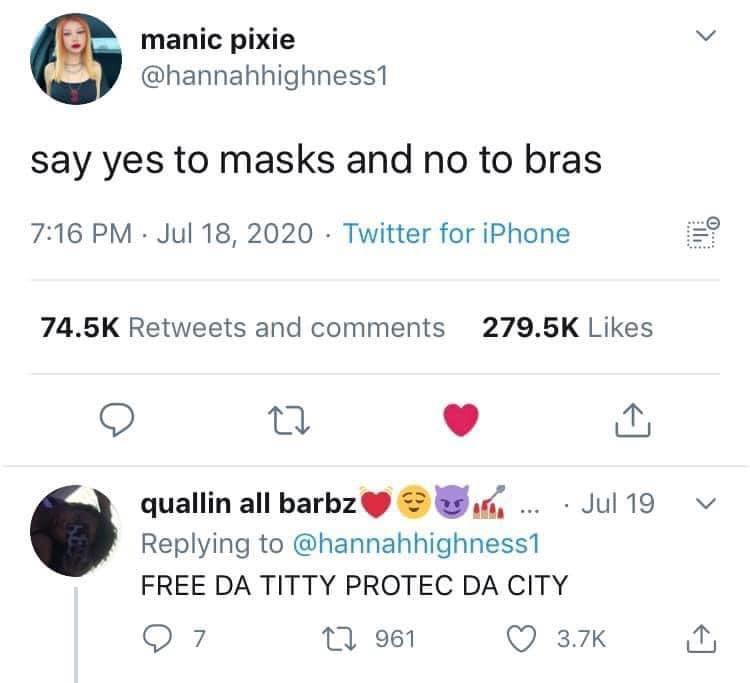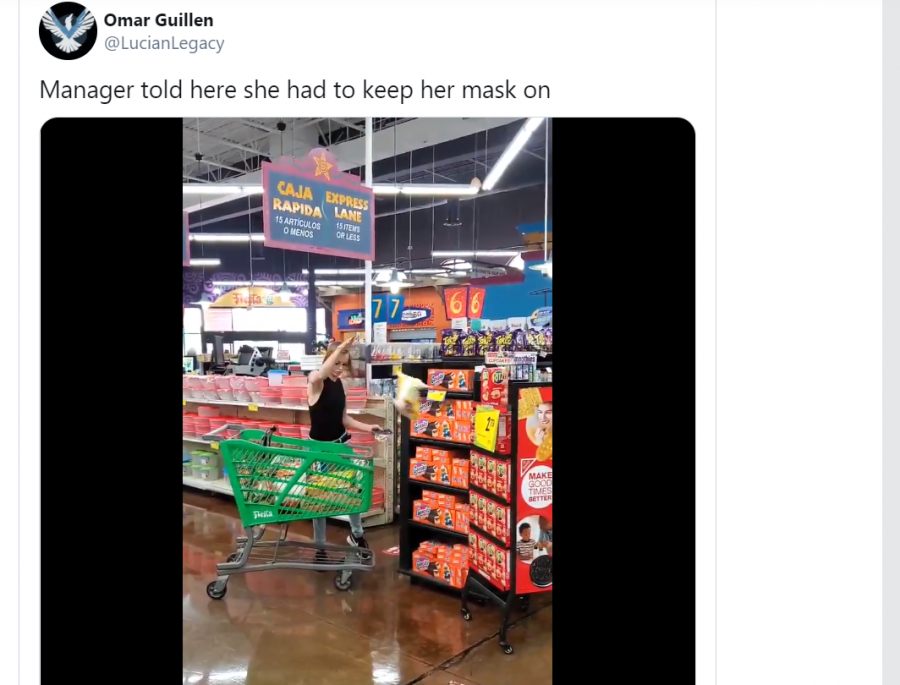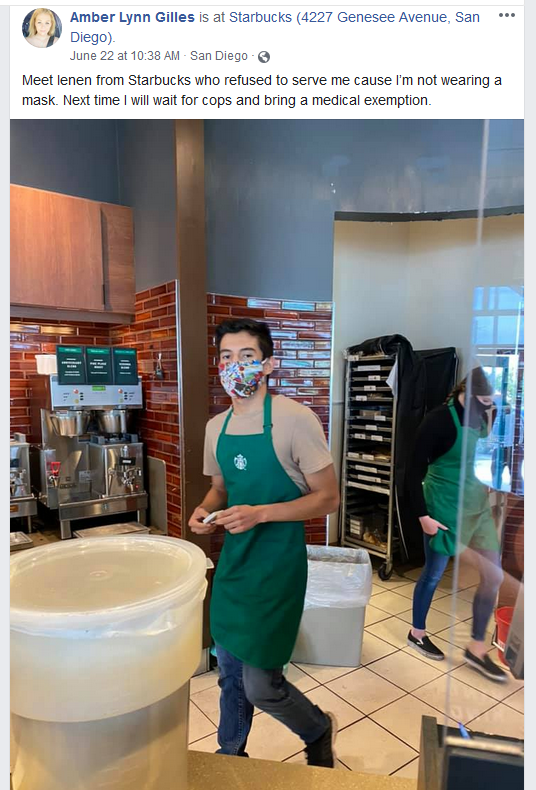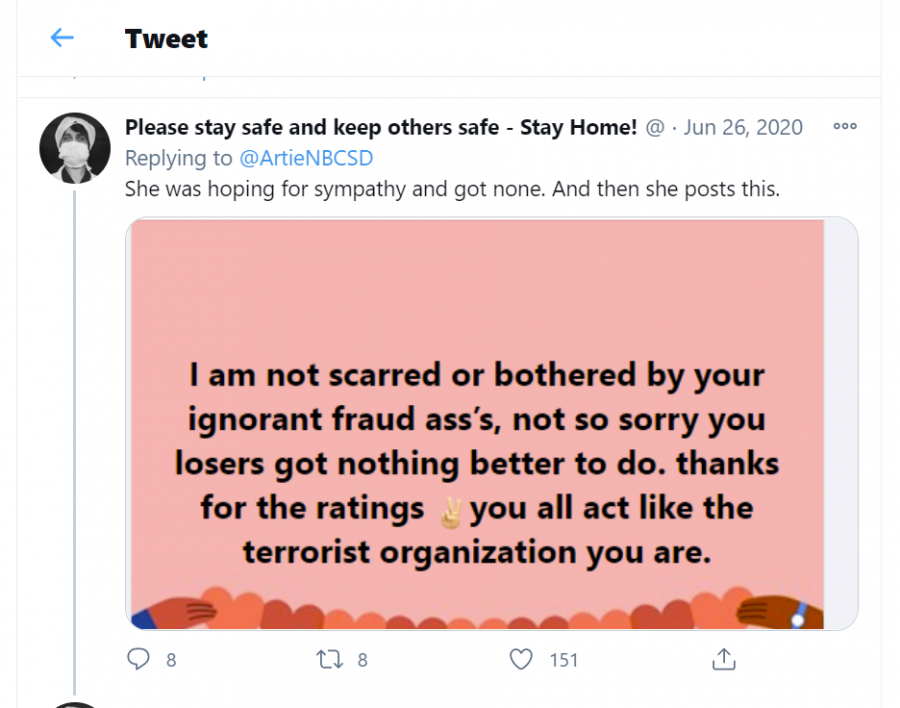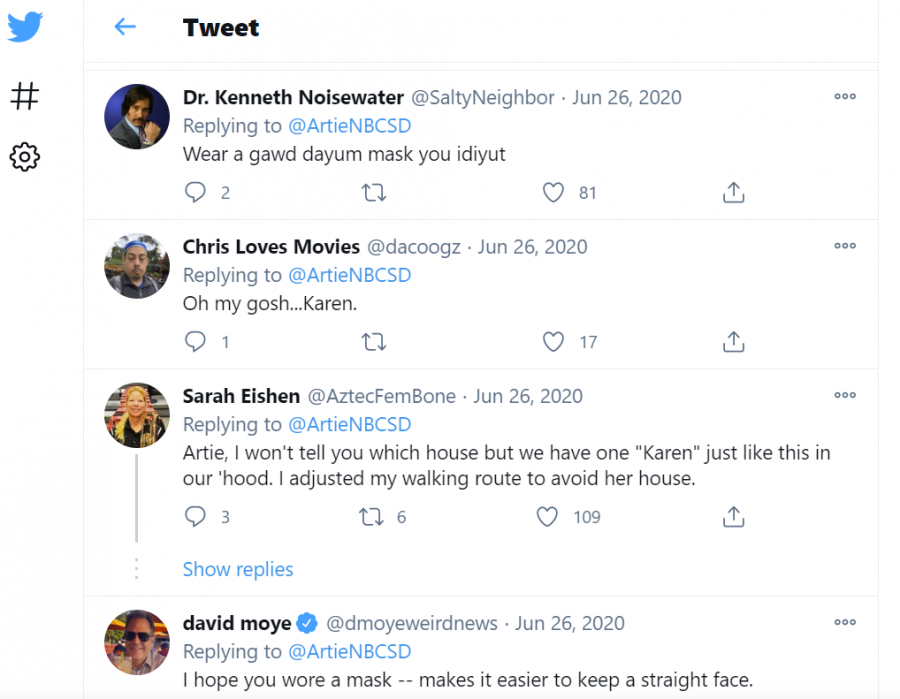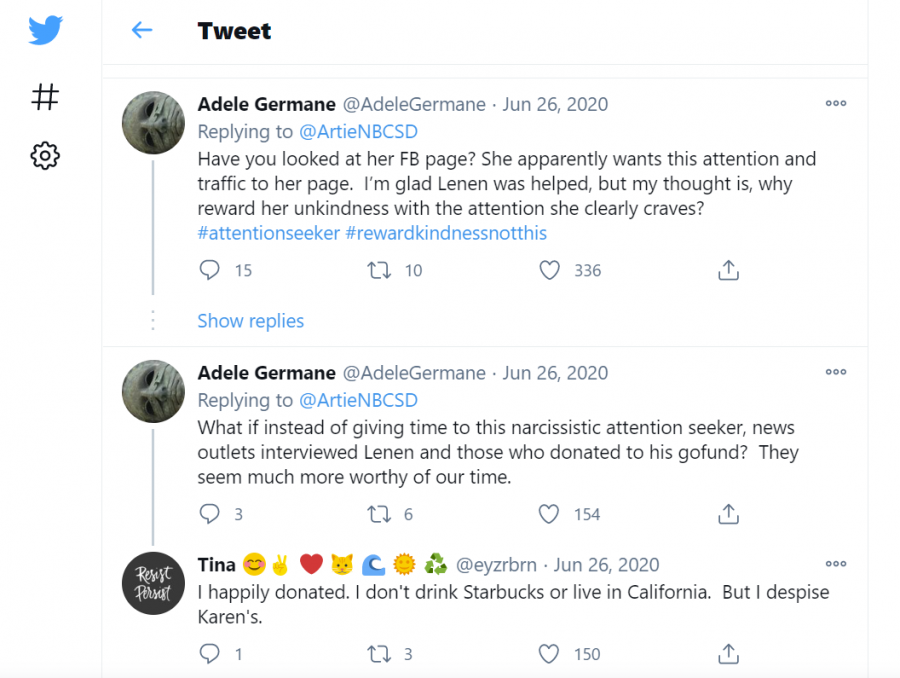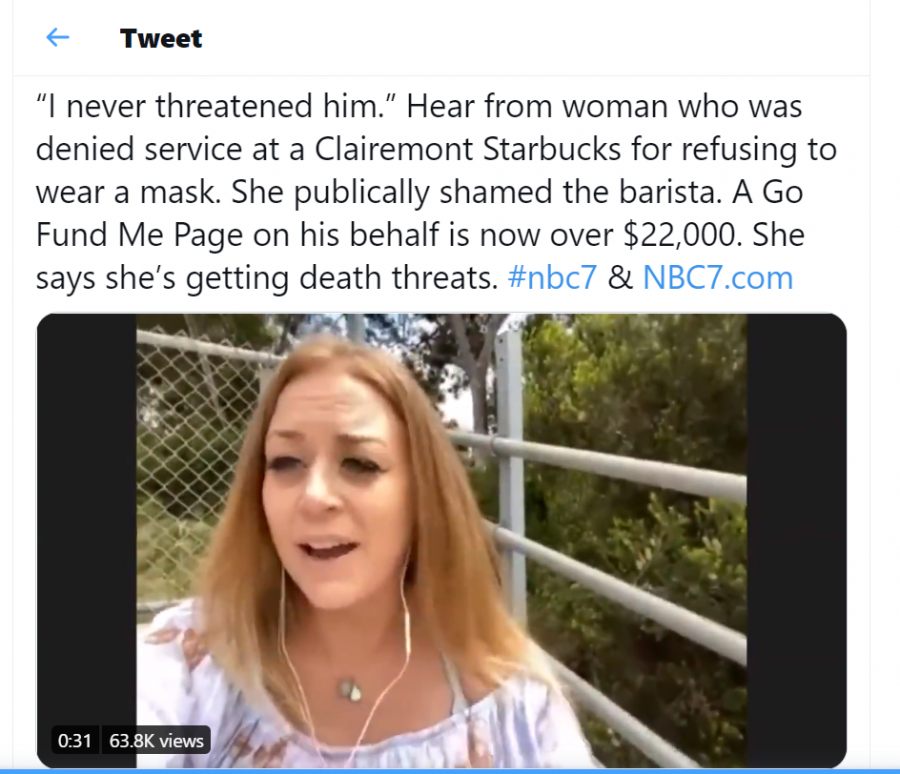
Karen and digital vigilantism
In 2020 the world turned upside down due to the "invisible threat" of Coronavirus. Normality met crucial obstacles when everyone was quarantined, was not permitted to fly, when pubs, bars, and stores were locked (except for the essentials), masks were necessary accessories, and human interaction raised a high risk of potential contamination. In 2020, due to social distancing, the only way for many people to have human contact were social media platforms. There, more than ever, everyone has participated in activism in movements such as BLM, #Metoo, etc. In this article we will talk about digital vigilantes, the "Karens" out there and Covid-19 pandemic.
One of the only places left for people to meet were the supermarkets, shopping malls, and shops, where due to the coronavirus pandemic, some extra safety measures like wearing a mask and using hand sanitizer were put in place. And many people did it: they also used social media platforms like Twitter, Tik Tok, and Reddit to promote to their friends and families that we all should do our part in ending this pandemic. Trends in TikTok were made like "Say yes to masks, no to bras", "Free the t*tty, protect the city", etc. And this trend was transferred to the offline space also.
This was the standard of "normal", educated, and adequate citizen. But of course, there will always be those people that think that the law enforcement and the government is tricking and lying to them. This paper will analyze the "Karens"'s behavior and phenomenon, what does it actually happens, how people and authorities respond to it, and who in this situation are the vigilantes.
The Karens
The term "Karen" in recent years is used on social media platforms like Twitter, TikTok, Facebook, etc. usually to refer to middle age women, sometimes even men, , that are aggressively "telling" someone that they are in the wrong (Gallucci, 2020). Or in other words "the Karens" are usually those who often make use of social media visibility to expose wrongdoings. There are many types of "Karens" like the anti-vaxxer, or those who complain about the music, the one who leaves Google reviews, the "Karen" whose husband is a lawyer, and maybe the most popular one: the "I want to see your manager". Of course, there are many other types, but in this article, we are going to talk about the ones who refuse to wear a mask during a global health pandemic.
We have all seen the videos of entitled, usually white, people making a scene in a grocery store or Target or Walmart. In some cases, they are throwing food on the floor or knocking over a display and the authorities in the current shop are trying to calm them down. All because they were asked to wear a mask, and hence they refused to do so. Those videos are usually being taken by ordinary people trying to do their groceries, who become bearing witnesses. Then those videos are being uploaded on social media platforms, where the users are "mask shaming" the "Karens".
Nowadays, with the development of the technology of smartphones, tablets, etc. and the simplicity with which we can post and repost photos on social networking sites the ordinary citizen has become a photojournalist, that is always first on the spot and reports online instantly in order to give "criminal justice".
The paradox of vigilantism and online shaming
So here we have the interesting paradox of who is the vigilantes. Digital vigilance is a behaviour connected to the rise of the Internet and social media and "digital vigilantism" can lead to several negative consequences" (Kosseff, 2016). Vigilantism itself is not a recent phenomenon -think about border justice rituals such as gunfighting and lynching. Online vigilance, though, is very recent, and it's here to remain. As a consequence, an important discourse on digital vigilance and its damage is taking place online and offline. The definition of digital vigilantism is a process in which citizens are socially insulted by other citizen activities and are coordinating resistance on mobile devices and social media. There are different activities of digital vigilantism: hacking, calling out, trolling, doxing (publicly posting personal and private information about an individual) and human flesh search (online participants find demographic and geographical detail on people considered to be deviant).
In this case of the "Karen phenomenon", the most obvious type of digital vigilance is the callout: to recognize and confront toxic or improper behaviors. It is meant to illustrate activities without actually dwelling on an individual.
Social media communities can actively serve as "'additional eyes and ears' of the police in an age where demands for efficient service with increasingly fewer resources are strained by new communications and analysis technologies" (Marx, 2013; Nhan, et al, 2015).
In short a vigilantes is a person who believes that the law is not doing the best, or even is corrupted and working against justice. Hence that person takes the matters into their own hands, without having an actual authority. In the case of The Karens, they strongly believe that they are being oppressed, by the rule of wearing masks and social distancing, and they are "fighting" alone against that injustice. The paradox here is that the "Karens" are doing it for their own profits. Hence the moral aspects of their digital vigilantism are really questionable. Here are a couple of examples of this type of behavior.
Starbucks Karen
Amber Lynn Gilles is a 35 years old woman, from San Dieogo. On 22 June 2020, she made a post on social media (Picture 1), after publicly shaming a barista from Starbucks, who denied providing her with service, because she refused to wear a mask.
After being refused to receive a service from the barista, the woman posted about it on her social media. If it is looked at from her point of view, this is an act of digital vigilantism: she is calling him out and that way she is publicly "punishing" and shaming the barista for not providing their service for her because she is not wearing a mask. She identifies herself as an anti-vaxxer and says that mask is ineffective and are used just as a method of control.
"It starts with coffee, but it ends with digital certificates and forced vaccinations." (Amber Lynn Gilles)
But according to San Diego's public health order, face covers are mandatory inside companies. Public Health authorities said that companies have the right to deny service to someone who doesn't want to comply with the public health directive. Health disorders that would hinder facial masks are one of the few exceptions for wearing facial masks. And people on the Internet were not happy about it either. "A GoFundMe page established on behalf of the barista has raised almost $25,000 in four days. On Saturday, donations totaled over $68,000" (Ojeda, 2020).
On platforms like Reddit, Twitter and even her Facebook page people were very upset, with the woman's behavior and the non-willingness to follow the anti-epidemic measures. So, on this end of the situation, the digital vigilantes are the people shaming the anti-vaxxers behavior.
According to Alex Abad-Santos, senior culture reporter for VOX: "What they said is that these videos are kind of really satisfying to people who wear masks because they confirm your worst beliefs about people who do not wear masks. So, when you see people freak out when you see people act irrationally when they are not wearing masks, it kind of confirms your bias that 'wow these people are wrong, and we're right, and thank God we're wearing masks.'"
What happened here? The woman who first decided to "practice" digital vigilantism in concrete calling out the Starbucks barista for not giving her service has become a trolling case, where "digital vigilantes" have decided under strong emotions like anger and frustration to threaten that woman. Her intentions have come from her believes of how she is being the "normal one", the one that is "right" in the situation, and punishing the offender. But the tables have switched. .
Moral of the story
Digital vigilantism, however, still has its risks. Vigilantes may have the same aim in mind as governments, but private individuals may lack the expertise and preparation that government agencies have. While certain vigilantes are extremely trained, they work outside the legal system. The actual intentions of the vigilantes are another threat. In this scenario, the vigilantes should only try to insult.
"I never threatened him, I just called him out on his actions. I never threatened him, and I've received death threats, thousands, it's very upsetting. It's very scary," said Amber Lynn Gilles.
"Vigilantes can also be driven by anger, bias, and other emotions that are not related to the public good" (Kosseff, 2016). Which ensures that errors can be made as users accuse Doxx or track innocent people.
Usually, vigilantism is used by people to restore justice and to create a positive outcome for society. An example is educating the people who know less than us. Or push someone who has misjudged a situation, and the result of that has harmed someone, to apologize. But here there are more negative aspects of digital vigilantism and even people who are participating in it, do not agree with what other members are doing (like doxxing and tracking people). This woman would not change her views on the topic of masks and vaccines. And for that she has received death threats; she has been insulted and mocked by thousands of people. Hence, digital vigilantism cannot be seen as a moral and legitimate practice. It is rather harmful and dangerous.
Reference:
Dumoulin, I. (2020), The Notre-Dame fire and digital vigilantism. (2020, December 21). Diggit Magazine.
Gallucci, N. (2020, July 6). 8 Karens and Kens who threw huge tantrums instead of putting on masks. Mashable.
KCRW. (2020, July 14). ‘Karen’ videos are on the rise, but mask shaming won’t change minds.
Kosseff, J. (2016). The hazards of cyber-vigilantism. Elsevier.
Marx, G. T. (2013). The Public as a Partner? Technology Can Make Us Auxiliaries as well as Vigilantes. IEEE Security & Privacy.
Ojeda, A. (2020, July 11). Woman Who Shamed Starbucks Barista for Refusing to Serve Her Without Face Mask Speaks Out as Barista’s GoFundMe Grows. NBC 7 San Diego.
Trottier, D. (2016). Digital Vigilantism as Weaponisation of Visibility. Philosophy & Technology, 30(1), 55–72.
Vdovychenko, N. (2020) Digital vigilantism and the Boston Marathon bombing. (2020, November 13). Diggit Magazine.
